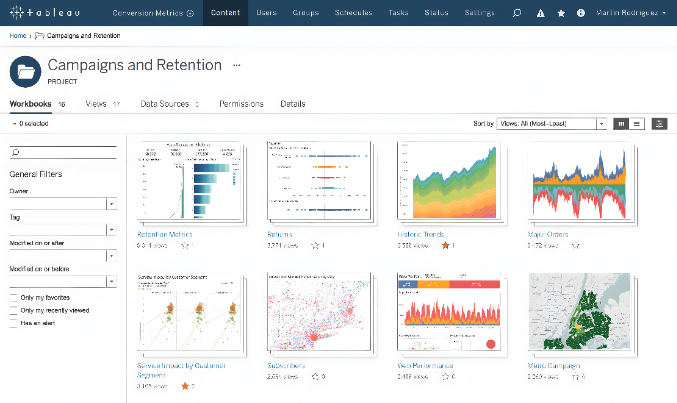
Becoming a Job-Ready Data Scientist in Just 3 Months: Is It Possible?
Data science, often termed the ‘sexiest job of the 21st century,’ has become a hotbed of opportunities for those who have a knack for numbers and a passion for uncovering insights from piles of data. But how does one transition into this booming field in just a short span of three months? Let’s break down a targeted roadmap to get you there.
Weeks 1-2: Foundation & Basics
Understand the Role: Familiarize yourself with what a data scientist does. This involves data cleaning, visualization, machine learning, statistical analysis, and more.
Mathematics and Statistics Refresher: Dive into linear algebra, calculus, and probability. Sites like Khan Academy or Coursera offer free resources.
Learn a Programming Language: Python and R are the most popular in data science. Start with Python due to its versatility and vast libraries suitable for data science.
Set Up Your Environment: Install necessary tools like Jupyter Notebook, Anaconda, and get familiar with data manipulation libraries like Pandas and Numpy.
Weeks 3-4: Data Analysis & Visualization
Deep Dive into Pandas: Master data manipulation using Pandas, which is essential for preprocessing data.
Data Visualization: Learn to use libraries such as Matplotlib, Seaborn, and ggplot for effective data visualization.
Exploratory Data Analysis (EDA): Understand the data, identify patterns, and formulate hypotheses by analyzing various statistics and visual representations.
Weeks 5-6: Intro to Machine Learning
Grasp the Basics: Understand the difference between supervised, unsupervised, and reinforcement learning.
Learn Key Algorithms: Begin with linear regression, logistic regression, and decision trees. Resources like Scikit-learn documentation can be invaluable.
Model Evaluation: Familiarize yourself with concepts like cross-validation, and performance metrics like accuracy, precision, recall, and the F1 score.
Weeks 7-8: Advanced Machine Learning & Deep Learning
Ensemble Methods: Learn techniques like Random Forest, Gradient Boosting, and XGBoost.
Introduction to Neural Networks: Dive into basics with tools like TensorFlow or Keras.
Hands-On Projects: Work on mini-projects. Sites like Kaggle offer datasets and competitions to practice.
Weeks 9-10: Big Data & Databases
Big Data Technologies: Get an introduction to tools like Hadoop and Spark.
Databases: Learn about SQL and NoSQL databases. Practice SQL queries, as it’s a crucial skill for data extraction.
Weeks 11-12: Soft Skills, Portfolio & Job Hunt
Communication Skills: Data scientists should be able to explain complex results to non-technical stakeholders. Practice by explaining your projects to friends or peers.
Portfolio Creation: Host your projects on GitHub. Create detailed READMEs for each project, explaining the problem, methodology, and results.
Resume and Applications: Tailor your resume for data science roles. Start applying and prepare for interviews by reviewing data science interview questions.
Networking: Attend meetups, webinars, or forums like Towards Data Science and Stack Overflow.
Continuous Learning and Practice!
Remember, becoming job-ready doesn’t mean your learning journey ends. Data science is evolving, and continuous learning is key. While 3 months is a short time, with dedication, focused effort, and passion, it is possible to establish a strong foundation and make yourself an appealing candidate for entry-level positions.



